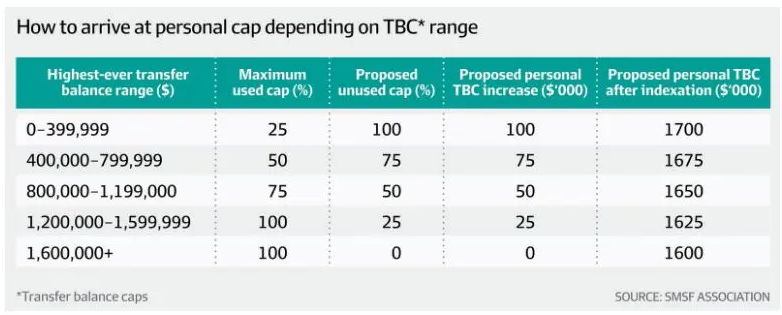The decision to set up an SMSF should not be taken lightly.
Although it puts SMSF trustees on a journey towards financial self-funding in retirement, it also comes with a commitment to continually improve their knowledge about all aspects of their fund.
Running an SMSF requires a considerable amount of financial literacy.
Trustee responsibilities require a commitment of time, resources and knowledge, ranging from preparing and implementing an investment strategy, ensuring contributions are invested according to that strategy, making minimum payments when in pension phase and submitting annual tax returns and organising an annual audit.
These tasks can be undertaken with the assistance of specialist SMSF advisers. However, the ultimate responsibility for the fund sits with the trustee, who must sign off on every document.
If you get it wrong, there are consequences: falling foul of the Australian Taxation Office (ATO) could involve financial penalties as high as $50,000. If the non-compliance is serious enough, a trustee could be disqualified.
Trustees need to be on a financial self-improvement journey over the life of their SMSF.
Although much of the focus is on investment strategy, this is not the full story if the fund is to be fully compliant.
As the ATO has stated, common mistakes committed by SMSF trustees involve the sole purpose test, loans, in-house assets and the separation of assets and borrowings – better known as limited recourse borrowing arrangements.
So, how do trustees ensure they remain abreast of everything they need to know to run their SMSF?
For many, seeking out specialist advice is crucial. Significantly, most trustees do this, with 63 per cent of SMSFs established on the suggestion of a financial adviser and 81 per cent paying for advice in some form or another.
This highlights the fact trustees recognise the importance of quality advice to oversee their retirement income strategies, and, in many instances, are prepared to rely on it heavily.
Nowhere is this need for trustees to get specialist advice more crucial than in setting the fund’s investment strategy.
Over time circumstances change and trustees must respond accordingly.
The SMSF Association hosts a SMSF Connect website that contains extensive educational material.
The ATO also offers an authoritive range of resources, tools and services to make managing the regulatory and tax aspects of an SMSF easier. It includes about 30 short videos that provide a comprehensive overview of the sector as well as links to free online education courses.
The ATO can direct a trustee to undertake an educational course if they have contravened superannuation law.
Running an SMSF can be fulfilling, as about 1.1 million Australians are discovering. It puts them in direct control of their retirement income strategy.
However, with that control comes responsibility and that can only be achieved if trustees continually improve their financial literacy. The information and specialist advisers to help do this are available – they just need to be accessed.
Written by John Maroney, CEO, SMSF Association











